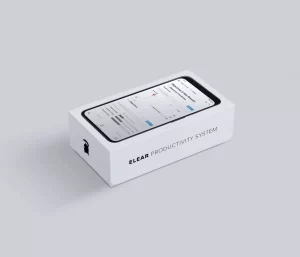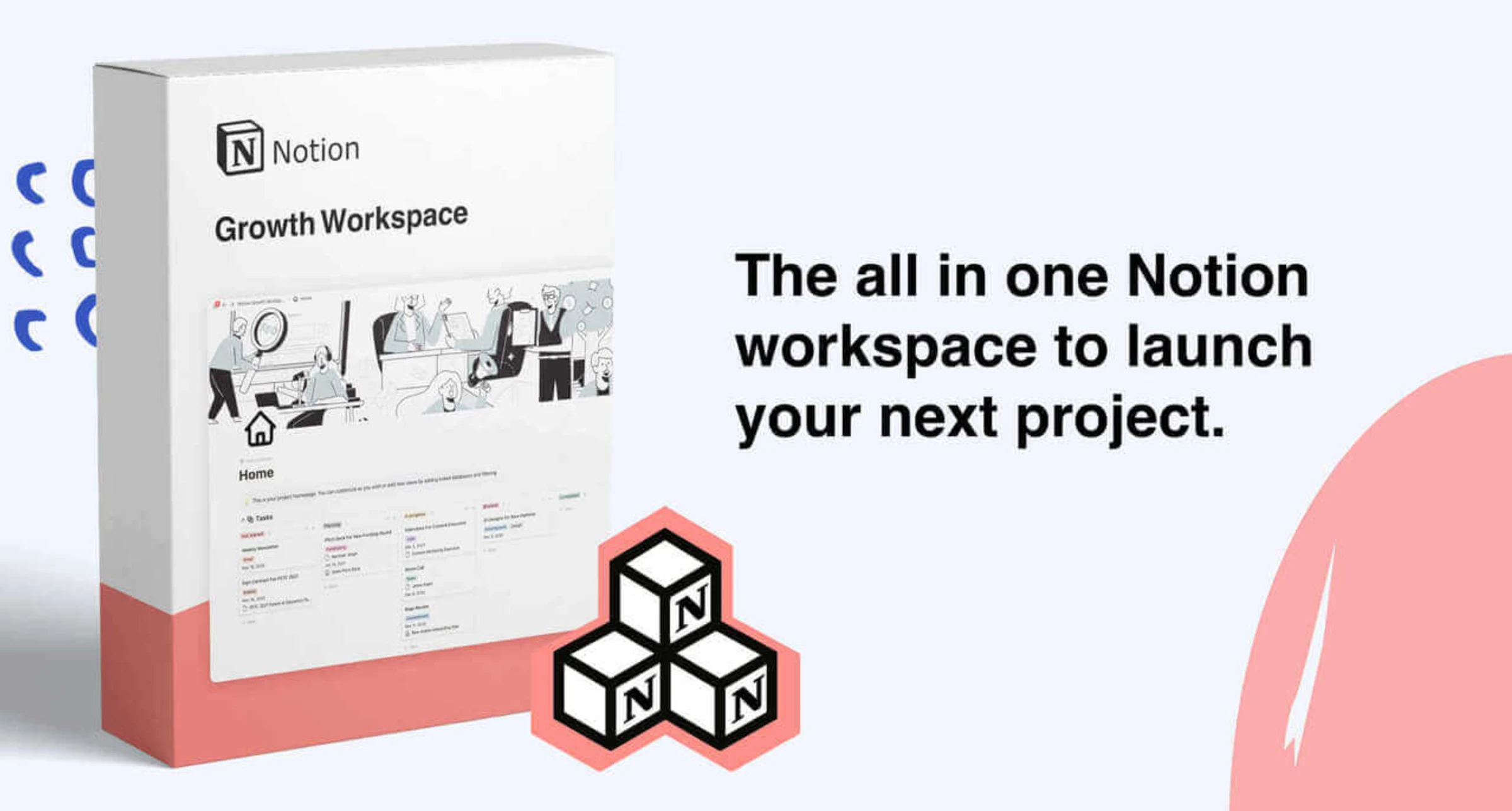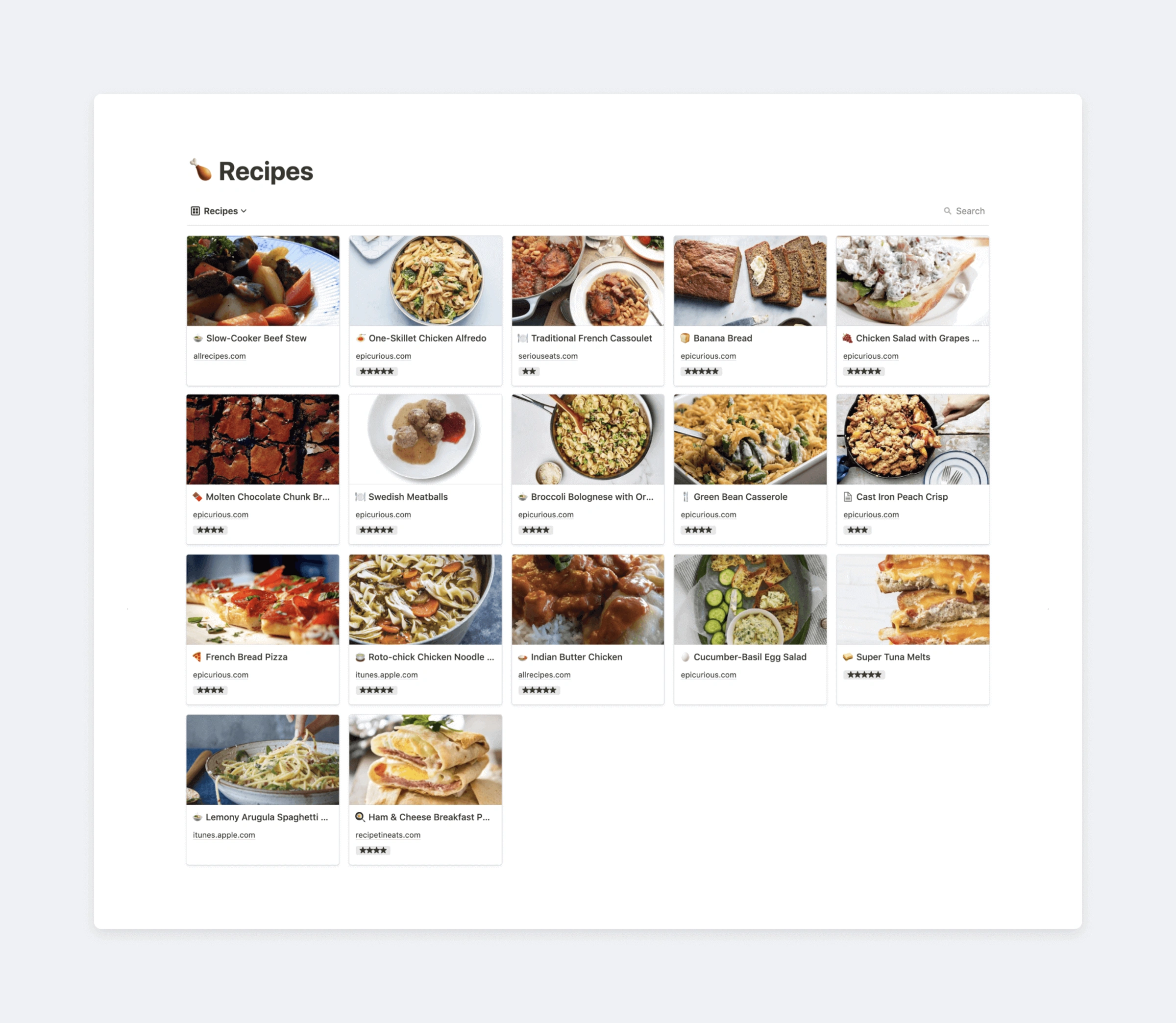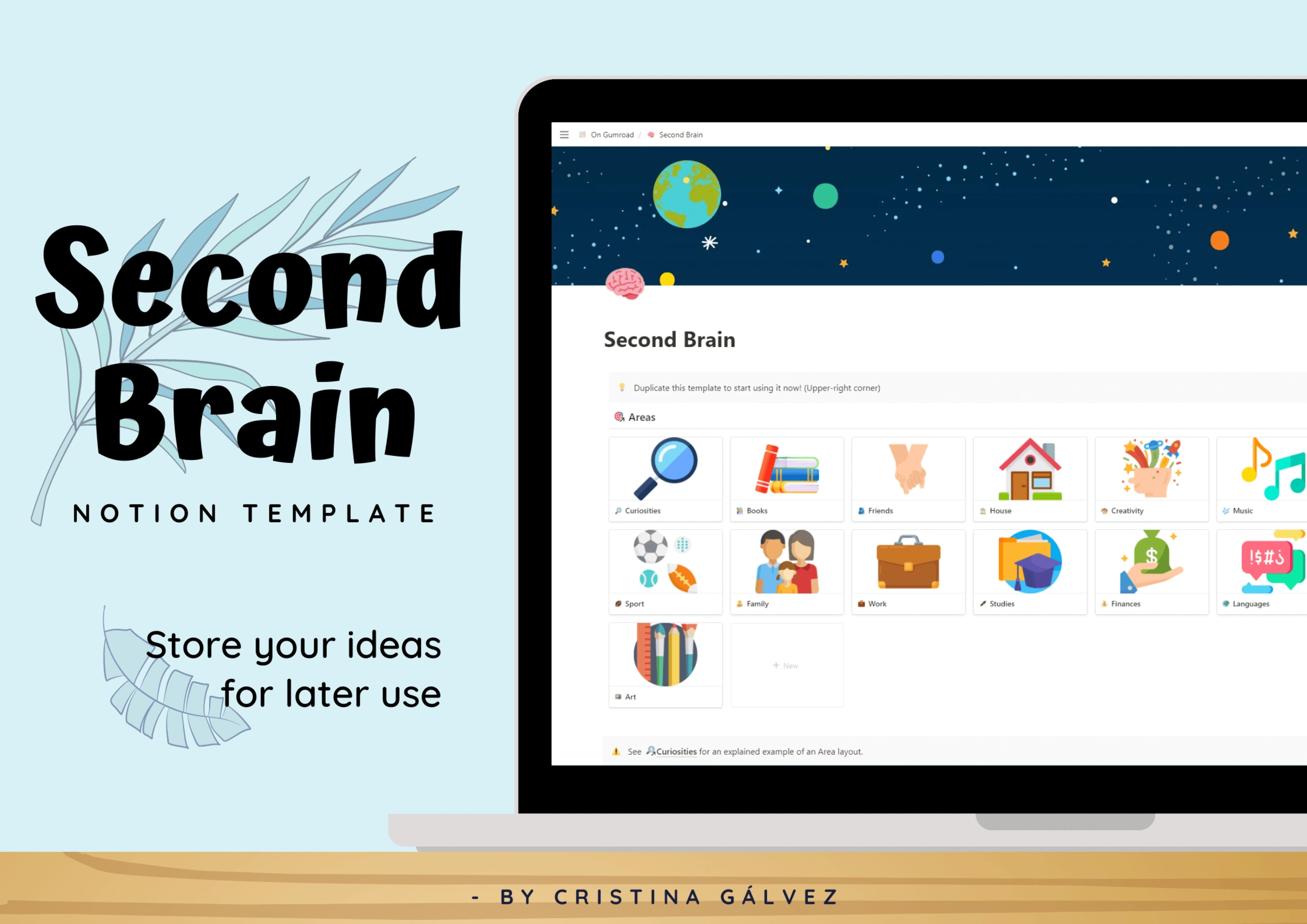Organizing Your Life into Spaces
I’m a big fan of splitting up my life into “spaces”. This helps me filter out information that isn’t relevant to what I’m currently trying to accomplish.
Objectives & Key Results
Let’s look at how to set goals the right way. My advice is to forget about ultra-long-term goals. They don’t work because you’re always changing, while the goals stay the same. Instead, I adopted CPG Grey’s “themes” system. This involves making a list of things you want to focus on and building the rest of your system around that. This way, you can embrace change instead of fighting it.
After trying many methods, I found the OKR system to be the simplest and most effective. It lets me set goals for even the most complex situations.
John Doerr’s “What Matters” page is where I get my goal-setting concepts from. I’ll explain how I use them, but it’s worth taking a look at the page first.
OKRs involve two components: Objectives (the what) and Key Results (the how). An Objective should be disruptive and lead to a change from your current state. Keep them simple, understandable, and concise. Doerr recommends setting Objectives within a 30-90 day timeframe.
Key Results measure the progress towards an Objective. They should be highly measurable. The Elear Productivity System allows you to assign one Key Result to another if necessary.
For example, in the space “Intellectual Affairs” I have the goal of entering a foreign university. My Key Result could be passing the IELTS. If I’m not able to do the writing part well enough yet, my second Key Result could be summarizing 5 academic texts.
Resources
Finally, there are Resources. These are the assets or means I need to achieve my goals and more. This could include finance tracking, an e-book database, etc. Here I can even store stuff that doesn’t necessarily have to do with changing my current state.
Important Sections:
– Organizing Your Life into Spaces
– Objectives & Key Results
– Resources









Leave a Reply